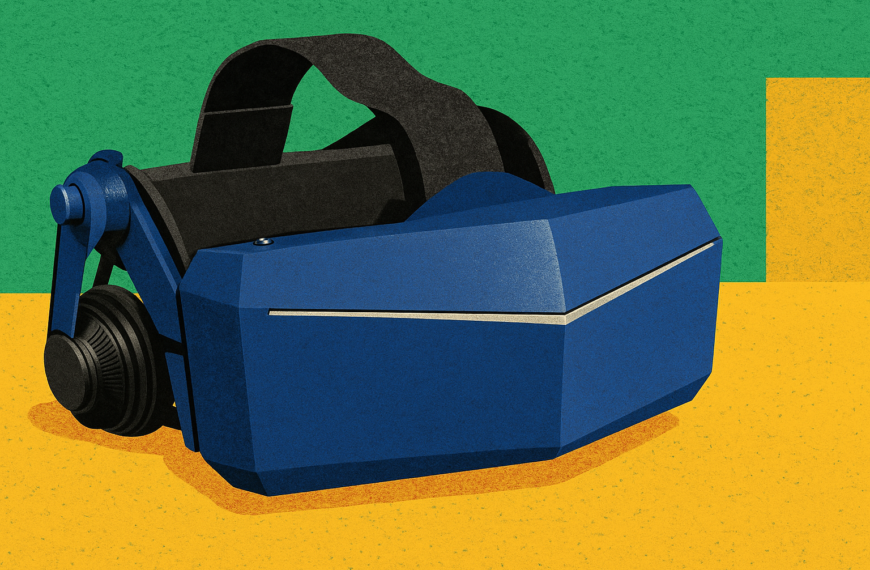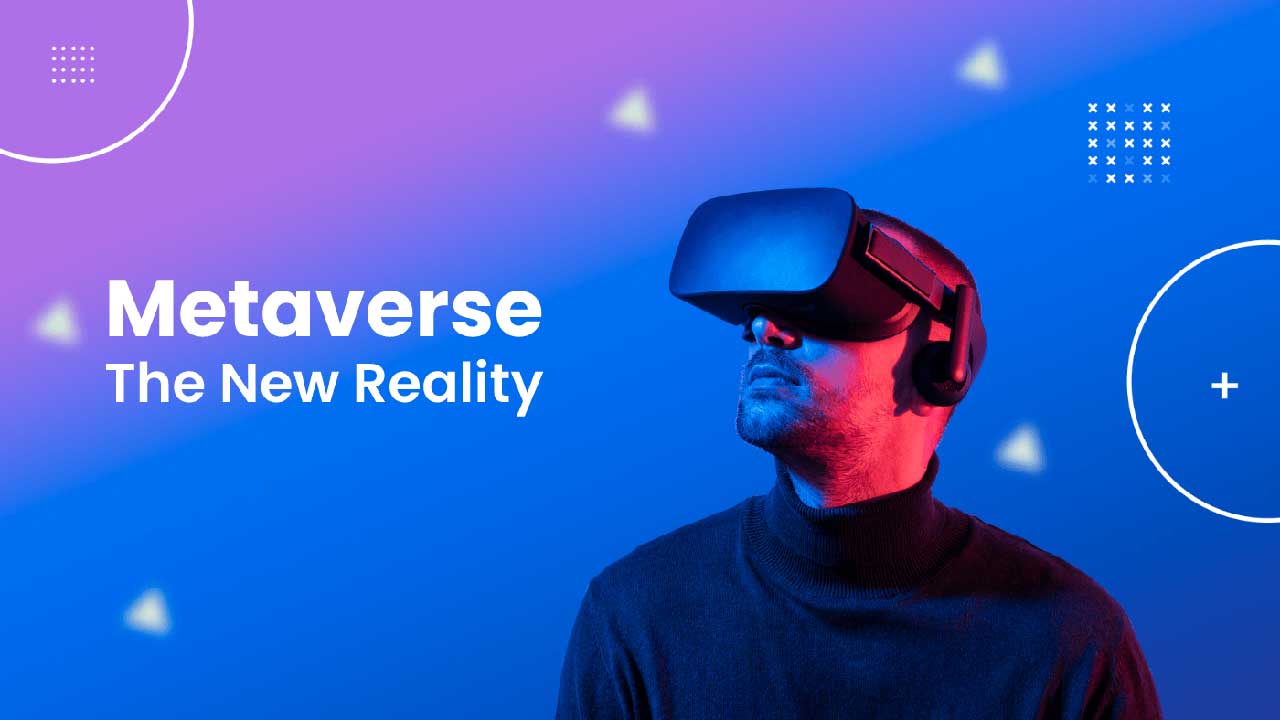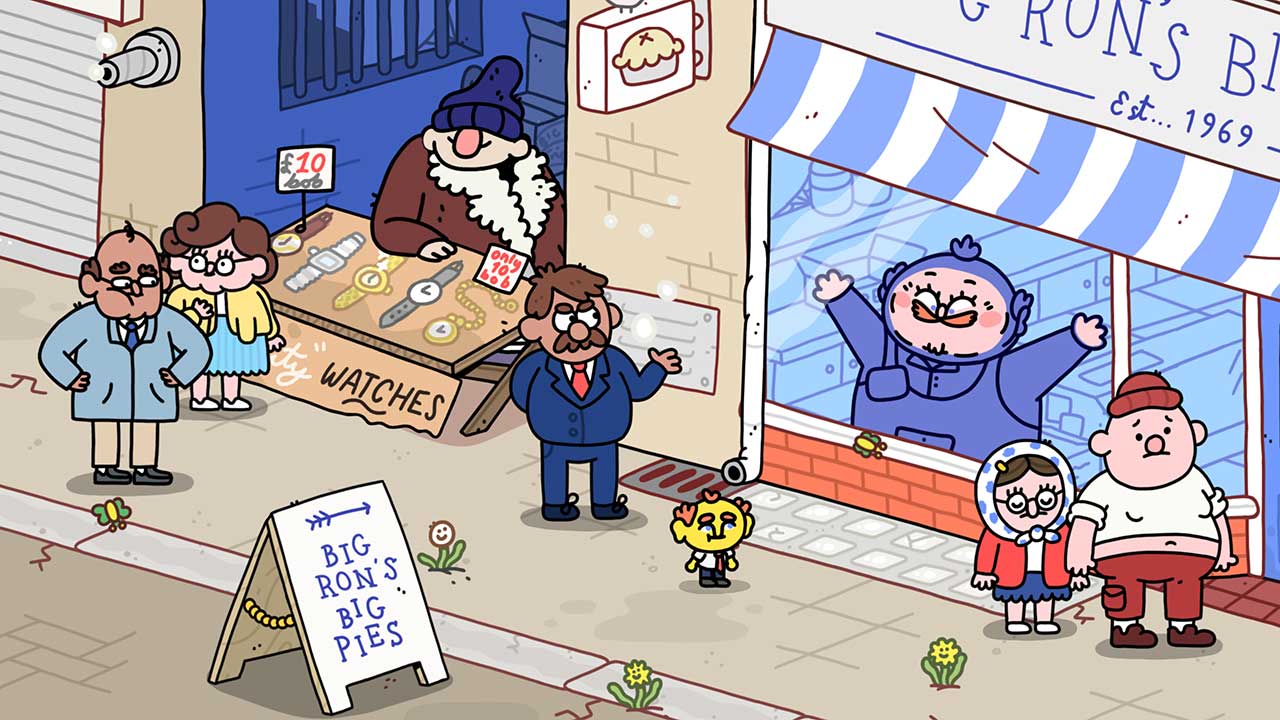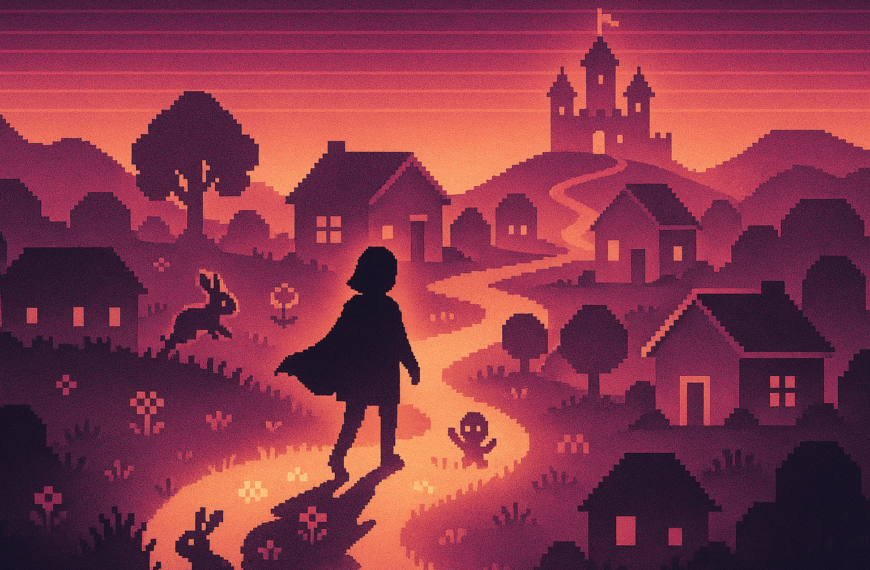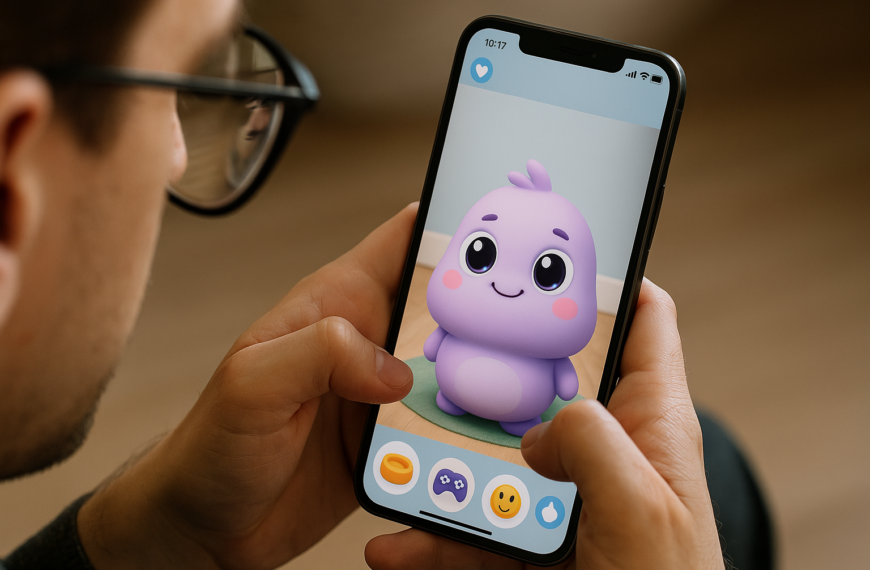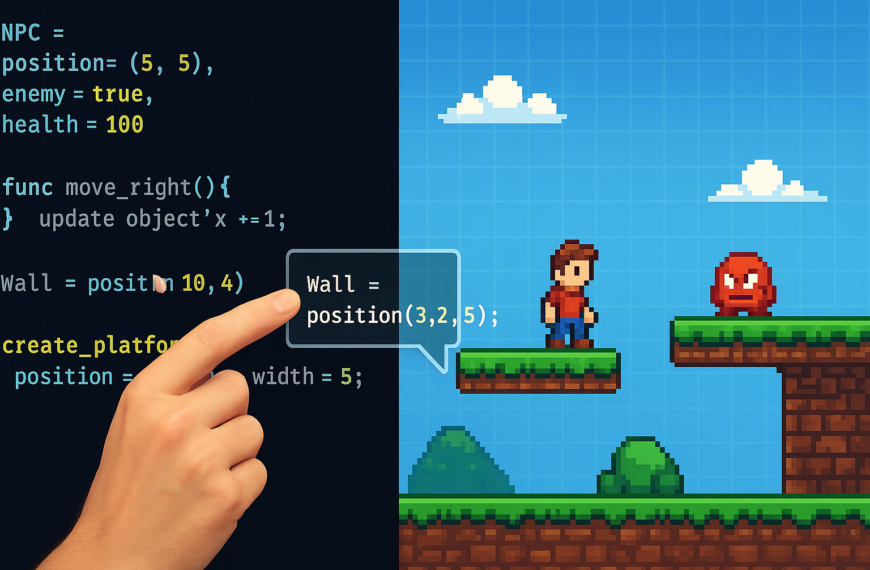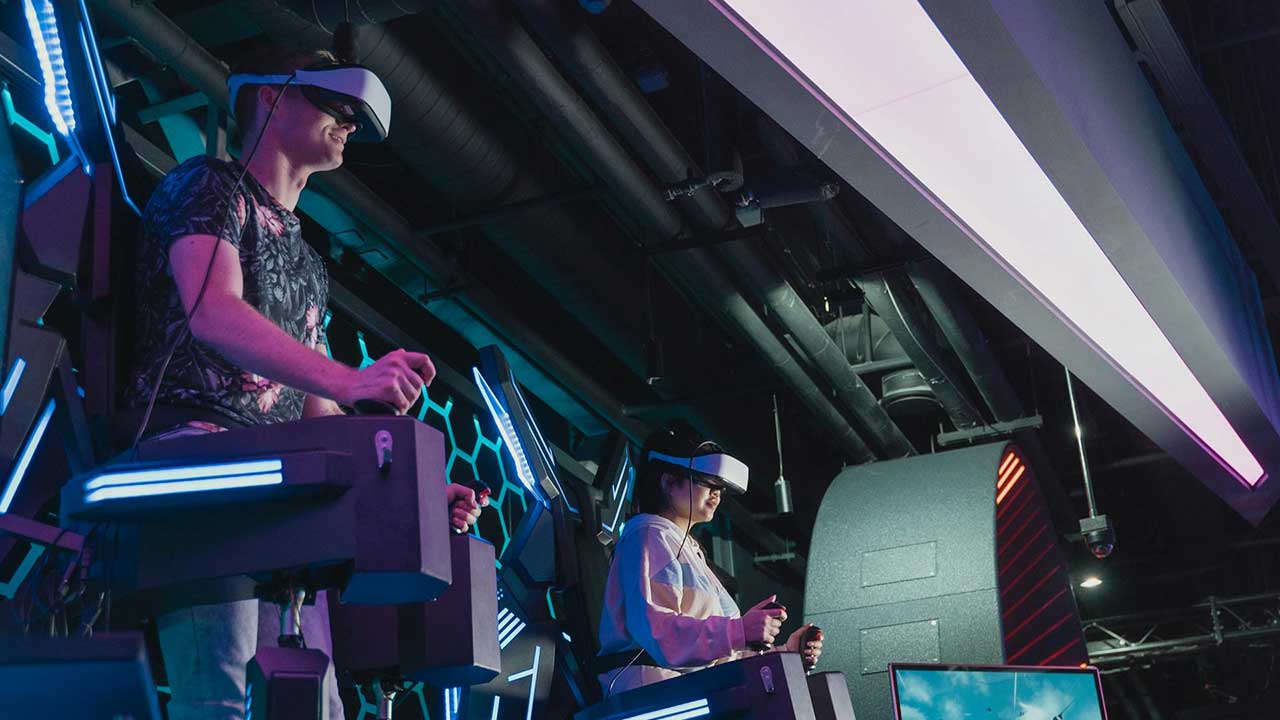In the relentless pursuit of visual perfection, the gaming industry has reached a critical juncture. While ultra-realistic graphics have become a hallmark of AAA titles, the escalating costs associated with achieving such fidelity are prompting developers and publishers to reevaluate their priorities.
The Financial Strain of Photorealism
Image Credit: Lukas/Pexels
Developing games with cutting-edge visuals demands major investments in technology, talent, and time. Flagship titles like Cyberpunk 2077 and The Last of Us Part II reportedly cost hundreds of millions to produce—much of which went toward pushing graphical limits with high-resolution textures, advanced physics, and photorealistic lighting according to industry breakdowns.
One especially striking example is Call of Duty: Black Ops Cold War, whose development budget ballooned to an estimated $700 million. That price tag wasn’t driven by story or gameplay—it was largely the result of rendering pipelines, animation tech, and fidelity arms races tracked by internal publisher data.
Diminishing Returns and Market Realities
Image Credit: Nataliya Vaitkevich/Pexels
Despite all that money, there’s a growing sense that ultra-realistic graphics may have hit a wall. The marginal gains between generations are becoming increasingly hard to notice—especially for the average player. As the Financial Times notes, the industry is approaching a “graphical plateau,” where the cost-to-impact ratio is increasingly hard to justify.
Impact on Development and Creativity
Image Credit: Ivan Samkov/Pexels
The pressure to compete on visuals also warps development priorities. Production cycles grow longer, crunch becomes normalized, and entire teams are dedicated to pushing polygons rather than designing innovative mechanics. Some developers argue that creativity often takes a back seat to resolution targets, creating a homogenous field of look-alike blockbusters with little gameplay distinction.
Alternative Approaches and the Rise of Stylized Games
Image Credit: Mike Navolta/Pexels
But there’s a growing pushback. Many studios are now leaning into stylized visuals—not because they have to, but because they want to. Games like Hades, Cuphead, and Journey prove that players care more about originality and mood than frame-by-frame realism. These games cost far less to make, yet they resonate longer and stand out more than many photorealistic titles.
Where the Industry Goes from Here
Image Credit: Christina Morillo/Pexels
If ultra-realism is no longer the gold standard, the industry will need to rethink what “cutting edge” really means. Instead of spending millions to make pores look better in 4K, developers might find more value in experimenting with art direction, world design, or emergent systems. Gamers have shown that they’re willing to trade fidelity for fun—if studios are willing to meet them there.
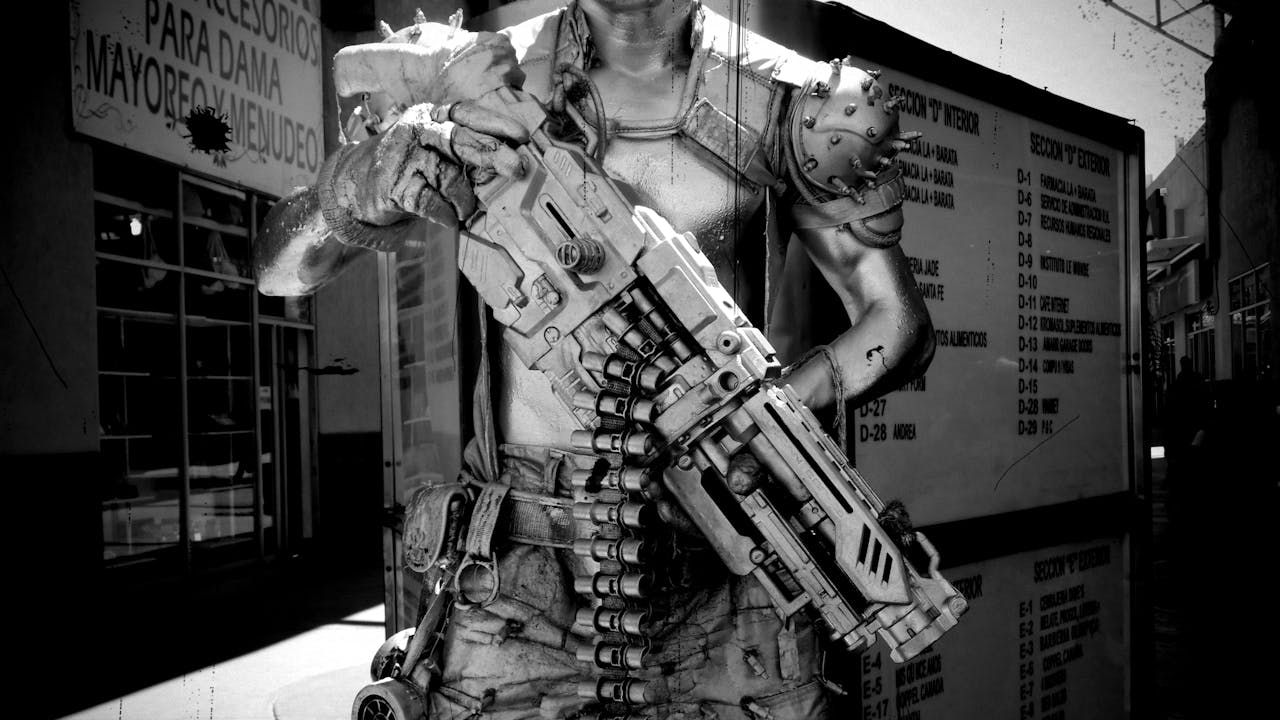
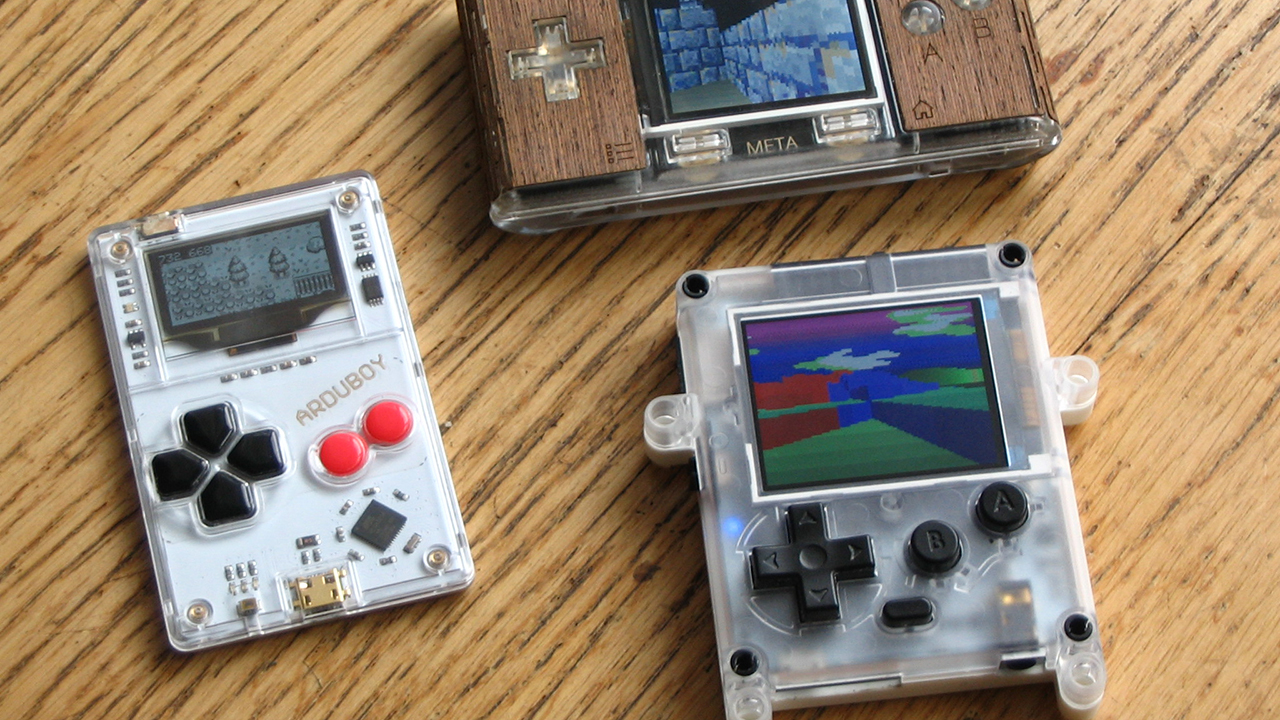
 By
By

